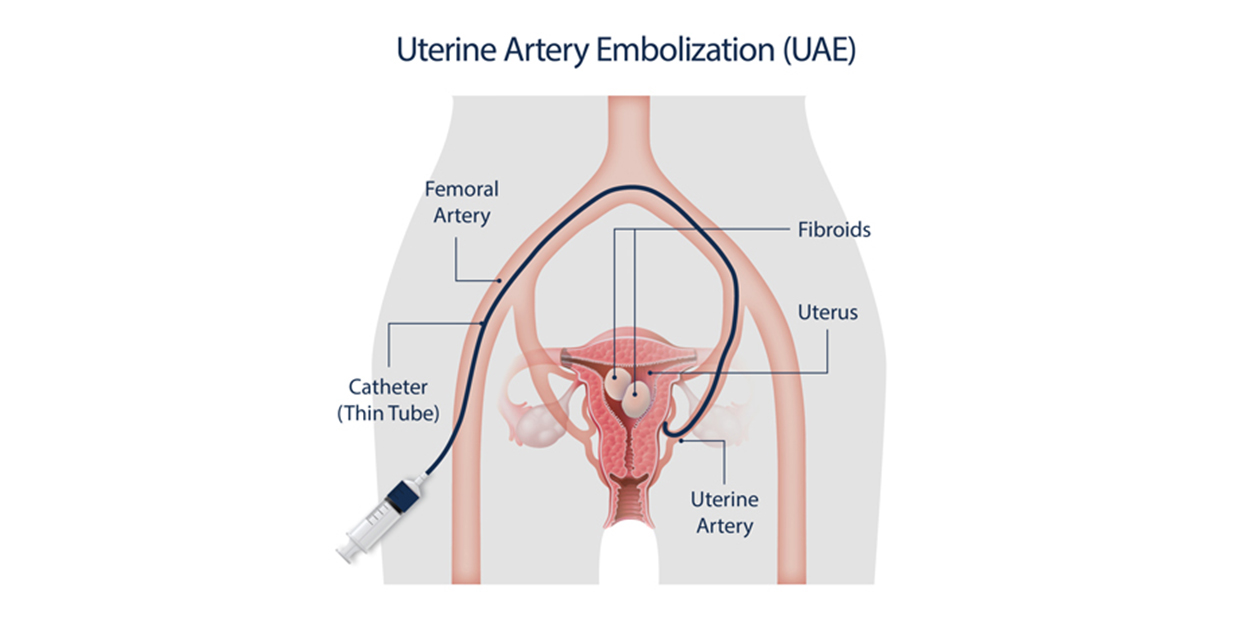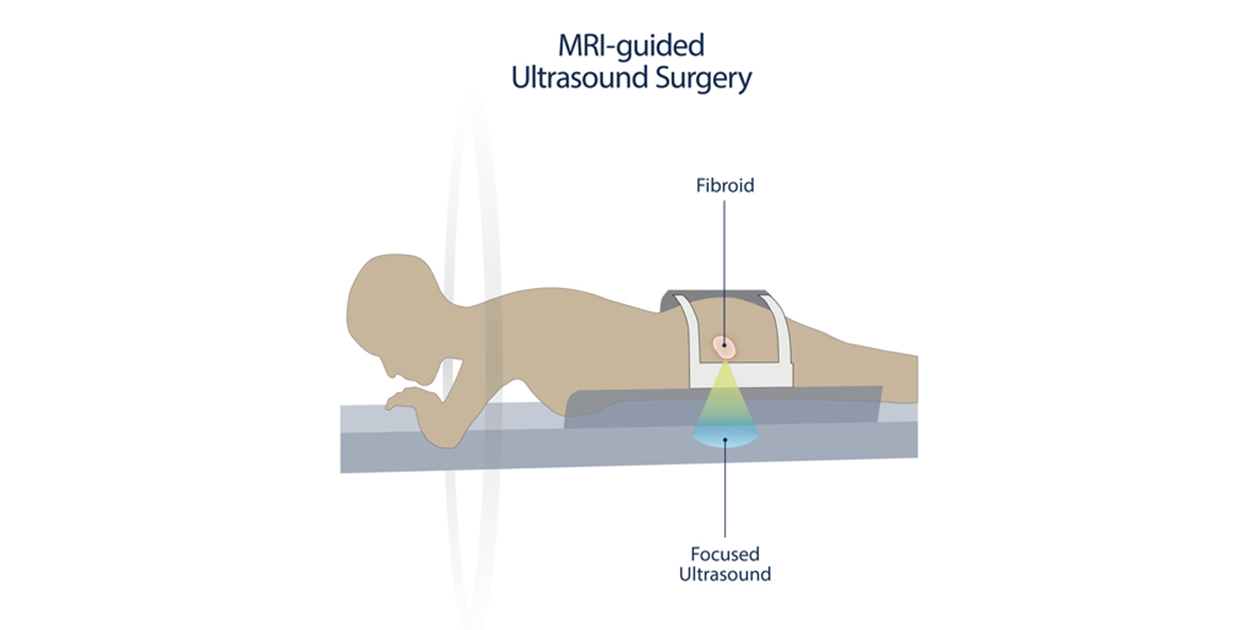Hysterectomy is the only sure way to cure uterine fibroids completely. Health care providers may recommend this option if you are near or past menopause and you have large fibroids or very heavy bleeding.
During a hysterectomy, the whole uterus or just part of it is removed.
There are several ways to perform a hysterectomy1,2:
- Abdominal hysterectomy. The surgeon removes the uterus through a cut in the abdomen. This incision may be similar to what is done during a cesarean section. This type of hysterectomy requires a longer hospital stay and longer recovery time than others.1 Removal of the ovaries is not required for treatment of fibroid symptoms. Similarly, some women may desire to preserve the cervix if there is no history of abnormal Pap smears.
- Vaginal hysterectomy. Instead of making a cut into the abdomen, the surgeon removes the uterus through the vagina. This method is less invasive than an abdominal hysterectomy, so recovery time is usually shorter (3 to 4 weeks). Vaginal hysterectomy may not be an option if your fibroids are very large.
- Laparoscopic hysterectomy. Minimally invasive approaches include laparoscopic hysterectomy, laparoscopy-assisted vaginal hysterectomy, and robotic-assisted laparoscopic hysterectomy. Not all cases of uterine fibroids can be treated with such approaches, but these methods may result in reduced postoperative recovery time.
- Robotic hysterectomy. Robotic hysterectomy is becoming more common. The surgeon sits at a console near the patient and guides a robotic arm to perform laparoscopic surgery. Like laparoscopic myomectomies, this technique requires only small incisions in the uterus and abdomen. As a result, recovery can be shorter (3 to 4 weeks) than with more invasive procedures. More research is needed to understand how (and how well) these procedures work and to compare the outcomes with those of other established surgical treatments.
If you have not gone through menopause and are considering a hysterectomy for your fibroids, talk to your health care provider about keeping your ovaries. The ovaries make hormones that help maintain bone density and sexual health even if the uterus is removed. If your body can continue to make these hormones on its own, you might not need hormone replacement after the hysterectomy.
Having a hysterectomy means that you will no longer be able to get pregnant.3 This process cannot be reversed, so be certain about your choice before having the surgery.
What are the symptoms of uterine fibroids?
What are the risk factors for uterine fibroids?
What causes uterine fibroids?
How are uterine fibroids diagnosed?
What are the treatments for uterine fibroids?




 BACK TO TOP
BACK TO TOP